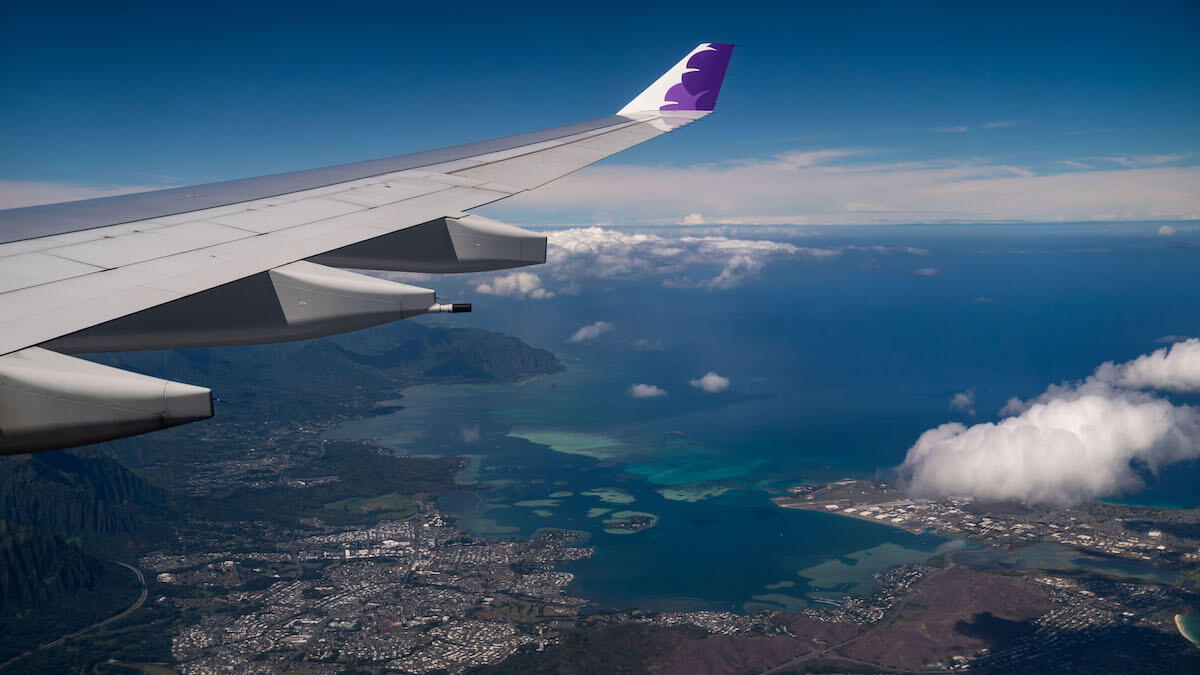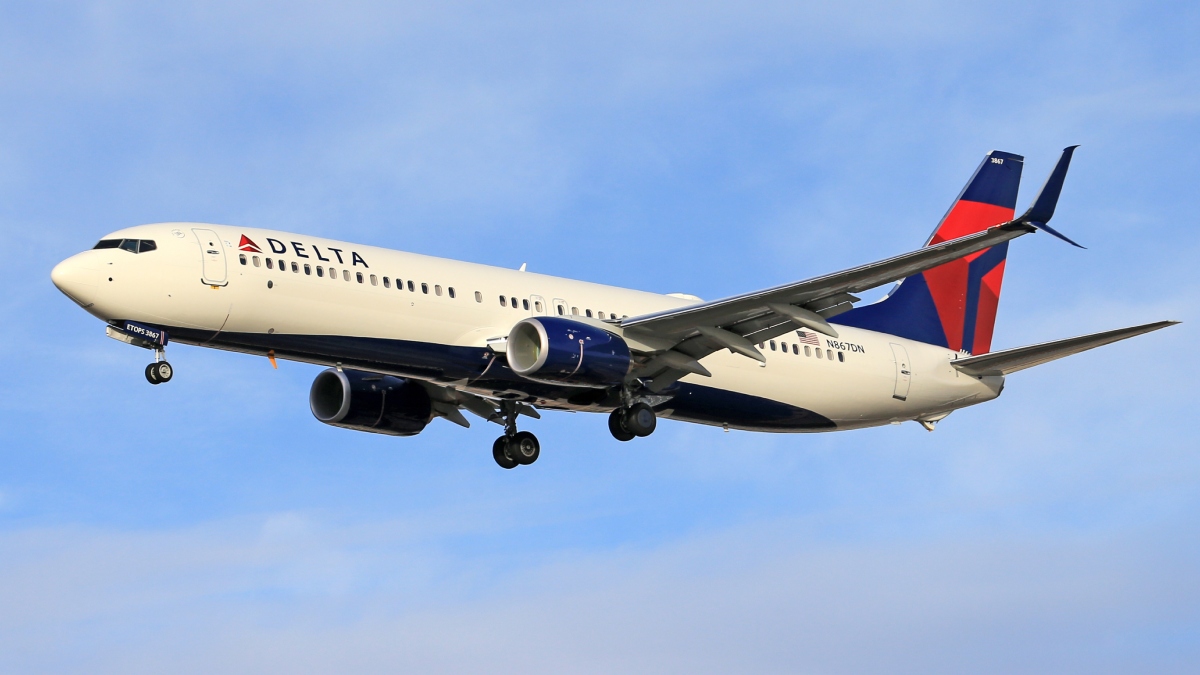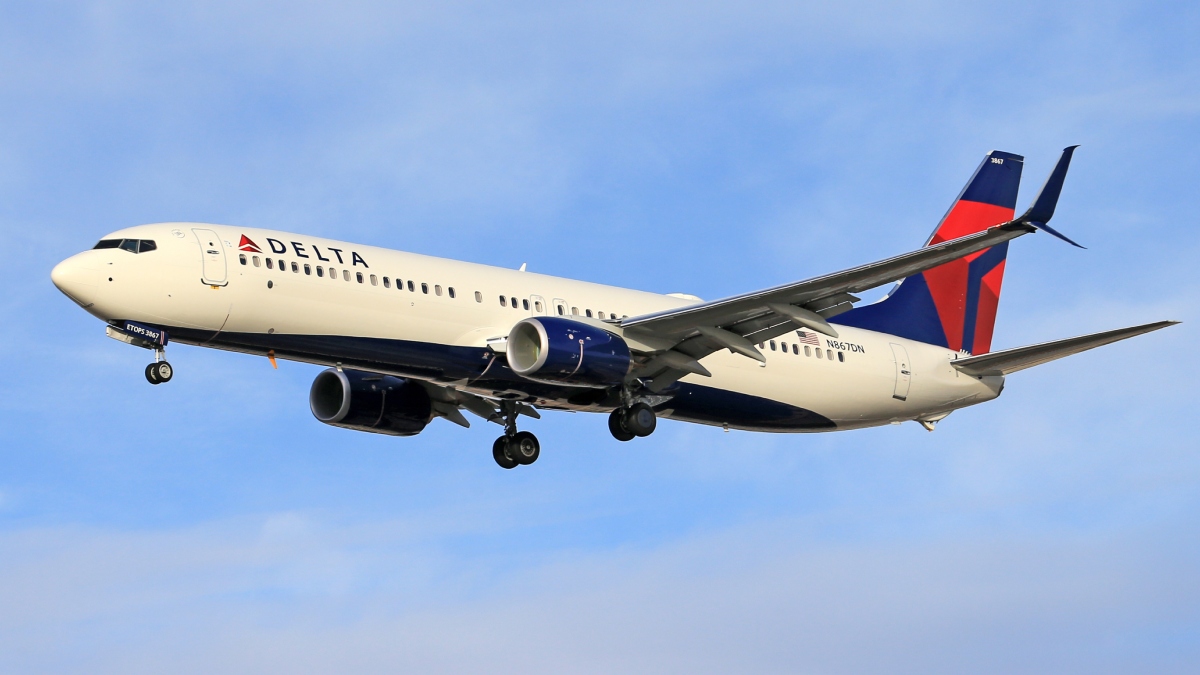Several crew members hospitalized after ‘severe’ turbulence on a flight highlights the unpredictable dangers of air travel. This incident underscores the importance of understanding the different levels of turbulence, the potential for serious injuries, and the safety measures in place to mitigate risks. We’ll explore the physical and psychological effects on passengers and crew, airline responsibilities, and strategies for preventing future incidents.
Prepare for a look into the science, safety, and human element behind these terrifying events.
We’ll delve into the specific procedures pilots follow during severe turbulence, examining the role of seatbelts and other safety equipment. Passenger and crew experiences will be explored, offering insights into the physical sensations and psychological impacts of such events. We’ll also cover airline legal responsibilities, investigation procedures, and compensation for injuries. Finally, we’ll discuss prevention and mitigation strategies, including weather forecasting advancements and pilot training improvements.
Severity of Turbulence and Injuries
Air turbulence, a common yet unpredictable phenomenon, can range from mild bumps to violent jolts, posing significant risks to passengers and crew. Understanding the severity of turbulence and its potential consequences is crucial for enhancing air safety.
Turbulence Levels and Their Impact
Turbulence is categorized into several levels, from light chop to extreme turbulence. Light chop causes minor discomfort, while moderate turbulence can make it difficult to move around. Severe turbulence can cause significant injury, and extreme turbulence can result in structural damage to the aircraft. The impact on passengers and crew varies depending on the intensity and duration of the turbulence.
Light turbulence might only cause spilled drinks, while severe turbulence can lead to serious injuries and medical emergencies.
Types of Injuries Sustained During Severe Turbulence, Several crew members hospitalized after ‘severe’ turbulence on
Injuries sustained during severe turbulence range from minor bruises and cuts to serious fractures, head injuries, and internal bleeding. Unrestrained passengers are particularly vulnerable to impact injuries. Crew members, often moving around during turbulence, also face a heightened risk of injury.
Medical Emergencies Arising from Severe Turbulence
Severe turbulence can exacerbate pre-existing medical conditions, trigger heart attacks or strokes, and cause injuries requiring immediate medical attention. Loss of consciousness, severe bleeding, and spinal injuries are potential medical emergencies that may arise.
Comparison of Turbulence Severity and Resulting Injuries
| Turbulence Level | Injury Type | Frequency | Severity |
|---|---|---|---|
| Light Chop | Minor bruises, spilled drinks | High | Low |
| Moderate Turbulence | Bruises, minor cuts, muscle strains | Moderate | Low to Moderate |
| Severe Turbulence | Fractures, head injuries, internal bleeding | Low | Moderate to High |
| Extreme Turbulence | Severe injuries, fatalities, structural damage | Very Low | High |
Aircraft Safety Procedures During Turbulence
Airlines and pilots employ various safety measures to minimize the risk of injuries during turbulence. Understanding these procedures is essential for ensuring passenger and crew safety.
Crazy news, right? Several crew members hospitalized after ‘severe’ turbulence on a flight – reminds me of how unpredictable things can be. It got me thinking about tracking, which is why this article about how Canada should better track foreign student departures is so relevant: Canada should better track foreign student departures: criminologist. Knowing where people are, whether it’s students or flight crews, is crucial for safety and planning.
Hopefully, those crew members recover quickly after that rough flight.
Standard Operating Procedures for Pilots
Pilots follow established procedures during turbulence, including reducing airspeed, adjusting altitude to avoid turbulent air, and providing clear communication to the cabin crew and passengers. They utilize weather radar and other navigational tools to identify and navigate around areas of anticipated turbulence.
Airline Safety Measures
Airlines implement comprehensive safety measures, such as pre-flight briefings emphasizing the importance of seatbelt use, regular maintenance checks of aircraft safety equipment, and crew training on turbulence management techniques. They also invest in weather forecasting and turbulence detection technologies.
Role of Seatbelts and Safety Equipment
Wearing seatbelts is crucial during turbulence, as it significantly reduces the risk of injury from sudden movements and impacts. Other safety equipment, such as overhead compartments secured properly, further minimizes potential hazards during turbulence.
Examples of Successful Emergency Responses
Numerous instances demonstrate effective emergency responses to severe turbulence. Well-trained cabin crews quickly secure the cabin, assist injured passengers, and provide first aid. Pilots expertly maneuver the aircraft to minimize the impact of turbulence, ensuring a safe landing.
Seriously rough air, huh? Several crew members were hospitalized after experiencing severe turbulence on their flight – it makes you appreciate a simple weather delay, like the one that hit the Vanderbilt vs Georgia Tech game. At least those fans got a break; imagine being tossed around like that mid-air! Hopefully, those crew members recover quickly from their ordeal.
Passenger and Crew Experiences: Several Crew Members Hospitalized After ‘severe’ Turbulence On
Experiencing severe turbulence can be physically and psychologically challenging for both passengers and crew. Understanding these experiences is crucial for providing appropriate support and improving safety protocols.
Physical Sensations During Severe Turbulence
Passengers and crew may experience sudden drops, jolts, and intense shaking. They may feel a sense of weightlessness or being thrown around the cabin. These physical sensations can be disorienting and frightening.
Psychological Impact of Severe Turbulence
Severe turbulence can trigger anxiety, fear, and post-traumatic stress disorder (PTSD). The sudden and unexpected nature of the event can be deeply unsettling, leading to lasting psychological effects.
Passenger and Crew Accounts of Severe Turbulence
Accounts vary widely depending on the intensity of the turbulence. Some passengers describe mild discomfort, while others recount terrifying experiences of being thrown from their seats or witnessing injuries to fellow passengers.
- Mild Turbulence: “The plane shook a bit, but nothing too alarming.”
- Moderate Turbulence: “It felt like the plane was dropping unexpectedly; I held on tight to my seat.”
- Severe Turbulence: “It was terrifying! The plane dropped suddenly, and things were flying everywhere. I saw several people injured.”
Airline Responsibilities and Legal Aspects
Airlines have legal responsibilities to ensure passenger safety during flights. Understanding these responsibilities and the procedures for handling incidents is crucial for accountability and passenger well-being.
Legal Responsibilities of Airlines
Airlines are legally obligated to maintain airworthy aircraft, provide adequately trained crew, and implement safety procedures to mitigate risks, including turbulence. They are responsible for the safety and well-being of their passengers and crew.
Procedures for Investigating Incidents
Following incidents of severe turbulence, thorough investigations are conducted to determine the cause, identify contributing factors, and implement preventative measures. These investigations often involve air accident investigation agencies and airline safety departments.
Compensating Passengers for Injuries
Airlines may be liable for compensating passengers for injuries sustained during turbulence, depending on the circumstances and the extent of negligence. Legal processes and insurance claims may be involved in determining compensation.
Flow Chart for Handling Severe Turbulence Incidents
A flow chart would visually represent the steps involved, starting from the incident’s occurrence, proceeding through emergency response, investigation, and compensation processes. It would detail the roles of pilots, cabin crew, air traffic control, and airline management.
Prevention and Mitigation Strategies
Various strategies are employed to prevent and mitigate severe turbulence events. Advancements in weather forecasting and aircraft technology play a crucial role in enhancing air safety.
Factors Contributing to Severe Turbulence

Severe turbulence is often associated with weather phenomena like thunderstorms, jet streams, and clear-air turbulence (CAT). Mountain waves and wind shear also contribute to turbulent conditions.
Weather Forecasting Methods

Sophisticated weather forecasting methods, including satellite imagery, radar systems, and numerical weather prediction models, are used to predict and monitor areas of potential turbulence. These methods are constantly being refined to improve accuracy and lead time.
Technological Advancements in Turbulence Detection and Avoidance
Advanced technologies, such as onboard weather radar, turbulence detection systems, and improved flight planning software, assist pilots in detecting and avoiding turbulent areas. These technologies enhance situational awareness and improve safety.
Pilot Training Programs
Pilot training programs extensively cover turbulence management techniques, including recognizing warning signs, employing appropriate avoidance maneuvers, and handling emergencies effectively. Simulators provide realistic training environments to prepare pilots for various turbulence scenarios.
Post-Incident Management and Recovery
Following a severe turbulence incident, effective post-incident management is crucial for providing necessary care and support to affected individuals and ensuring a smooth recovery process.
Medical Care for Injured Crew Members
Injured crew members receive immediate medical attention, often involving on-site first aid, followed by transport to hospitals for further treatment. Airlines coordinate with medical professionals to ensure appropriate care.
Support for Affected Passengers and Crew

Airlines provide support to affected passengers and crew, including medical assistance, psychological counseling, and travel arrangements. They strive to address immediate needs and provide long-term support as required.
Psychological Support
Psychological support is crucial for passengers and crew experiencing trauma following severe turbulence. Airlines often provide access to counselors and therapists to help individuals cope with the emotional and psychological impact of the event.
Timeline for Post-Incident Management
A timeline would illustrate the sequence of events, starting with immediate emergency response, followed by medical care, investigation, support services, and long-term follow-up. It would highlight the roles of various stakeholders involved in the post-incident management process.
Illustrative Example: A Hypothetical Case Study
A hypothetical case study provides a concrete example of how a severe turbulence incident might unfold, illustrating the challenges and responses involved.
Description of the Incident

A Boeing 737-800 encountered severe unexpected clear-air turbulence over the Atlantic Ocean. The aircraft experienced a sudden, significant drop, causing several passengers and crew to sustain injuries. The weather forecast had not predicted such severe turbulence in that area.
Injuries Sustained and Crew Response
Several passengers suffered bruises, cuts, and fractures. One crew member sustained a concussion. The pilots expertly maneuvered the aircraft, and the cabin crew swiftly provided first aid and secured the cabin. The aircraft made a safe emergency landing.
Outcome and Impact
Passengers and crew received medical attention. The airline launched a thorough investigation into the incident. The airline compensated injured passengers and provided psychological support to those affected. The incident prompted a review of turbulence prediction models and pilot training procedures.
Final Thoughts
Experiencing severe turbulence can be a terrifying ordeal, leaving lasting physical and psychological impacts on passengers and crew. Understanding the causes, effects, and safety protocols surrounding these events is crucial. From improved weather forecasting and pilot training to airline safety procedures and passenger awareness, a multi-faceted approach is necessary to minimize risks. While unpredictable, severe turbulence incidents highlight the importance of preparedness and ongoing advancements in aviation safety.
Commonly Asked Questions
What causes severe turbulence?
Severe turbulence is often caused by unpredictable weather patterns like clear-air turbulence (CAT) or thunderstorms. Jet streams and mountain waves can also contribute.
So, several crew members ended up in the hospital after that crazy severe turbulence. It makes you think about stability, right? Check out this article about the precarious situation facing homeowners, Homes under construction hang in balance as Bensons Property , it’s a whole different kind of instability! Hopefully, those crew members recover quickly, unlike the uncertain future of those houses.
How common are severe turbulence incidents?
While relatively rare, severe turbulence incidents do occur, and their frequency can vary depending on factors like weather patterns and flight routes.
What compensation is available for injuries sustained during turbulence?
Compensation depends on the airline’s policies and applicable laws. It often involves medical expenses and potentially further compensation depending on the severity of the injury.
What should passengers do during turbulence?
Passengers should fasten their seatbelts securely, remain seated, and follow any instructions given by the flight crew. Avoid moving around the cabin until the turbulence subsides.
